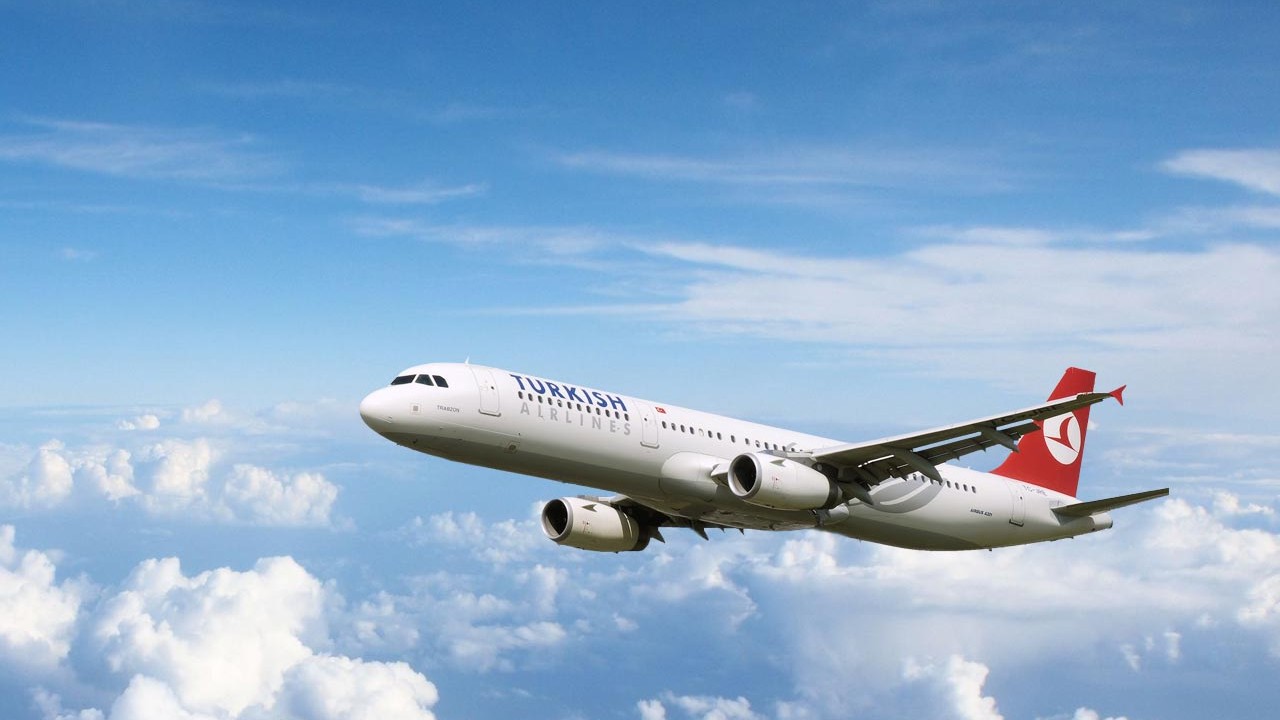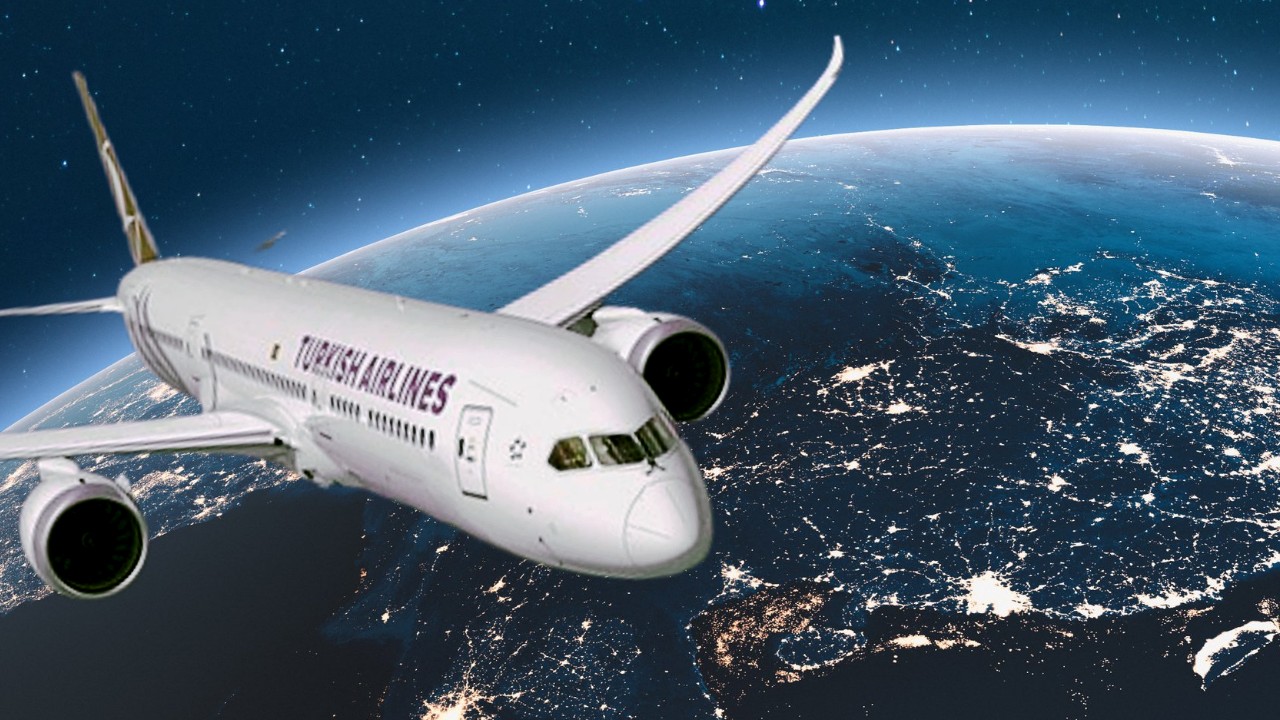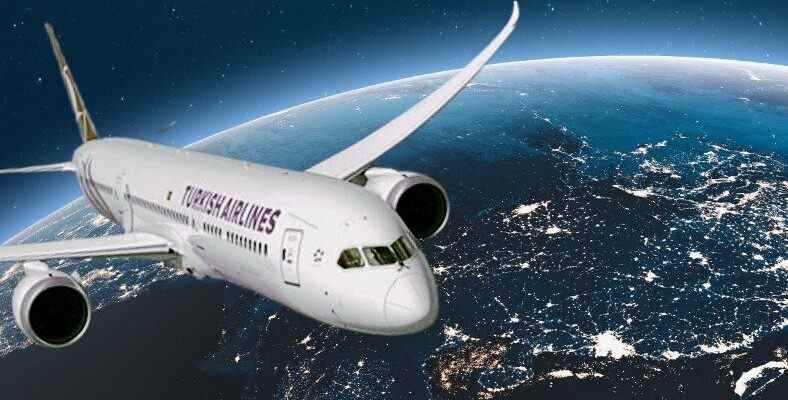Have you ever wondered why passenger planes that can fly thousands of meters high can’t fly into space? Today we will tell you about the working principle of airplanes and why they cannot go into space.
gigantic passenger planes, It can withstand the incredible force of gravity and rise to a height of thousands of meters. So, is it possible to go into space with these planes? You might think, why wouldn’t it be possible if we add more fuel to these planes, which are already thousands of meters high, but when the laws of physics come into play, things don’t proceed logically.
Many laws of physics are used to get planes into the air. Firstly an airplane needs air to glide through the air, but what we call air here is not enough on its own. The turbo-fan and turbine gas engines used in aircraft engines do not allow these aircraft to go into space. Let’s examine why planes can’t go into space under the laws of physics.
Why can’t passenger planes go into space?
The working principle of an airplane actually It is possible by collecting the air and creating different currents at the top and bottom. Fans located at the front of the aircraft engine rotate the air compressors, which collect the air and increase the air pressure. As a result, electricity is produced. This collected air is combined with the fuel in the combustion chamber and energy is obtained. As a result of this combustion process, the aircraft comes to a position to fight against gravity.
At this point, the effect of the wings is huge. Together with the energy obtained by the aircraft engines, the wings are the main components that overcome the gravity and give the aircraft the lift force. In other words, planes not only depend on themselves to take off, but also use the air they obtain from the earth’s atmosphere. Just like our cars with internal combustion engines. Cars also obtain energy by taking air from outside and mixing it with fuel. Aircraft engines use the same principle to translate into lift.
No air, no flight

According to NASA’s statement, a standard airplane flies thanks to the lift force. Air is designed to move faster above the wings of an airplane and slower below it. These two different air currents make it possible to keep huge planes of hundreds of tons in the air. Considering that there is no air in space, we can easily say that it is not possible for a passenger plane to go into space. Aircraft engines, which cannot reach the necessary oxygen to create combustion, stop and the planes begin to float down before they even go into space.
It is not possible for planes to reach the upper atmosphere, let alone take off into space. according to NASA Large passenger planes generally cannot fly at altitudes above 12 km. Considering that the space limit is 100 km, we see that airplanes cannot even come close to space. After this altitude, the air is not dense enough to support a large airplane. Therefore, whatever the pilot does, The descent will take place towards the area where the air is denser.
RELATED NEWS
Does Jumping Out of a Plane About to Hit the Ground or Jumping on a Falling Elevator Take Less Damage?
Other reasons that make it impossible for airplanes to go into space

Yes, we learned why a plane can’t go into space. Let’s say a passenger plane goes into space. What do we encounter in such a situation? First of all, space is very rich in terms of radiation, which our atmosphere protects us from. well When the plane takes off, all passengers inside will be exposed to high levels of radiation. Because aircraft are not resistant to radiation like spacecraft. Another important factor is cabin pressure. Airplanes are not built for space conditions. For this reason, the cabins will not be able to withstand this pressure and will create very unpleasant scenarios.
Today we explained to you why planes can’t go into space.. Some military aircraft, such as the X-15, are known to push or exceed this limit, but almost all of these planes have rocket engines. For this reason, it does not seem possible for today’s passenger planes to do such a thing.
Source: 1, 2
